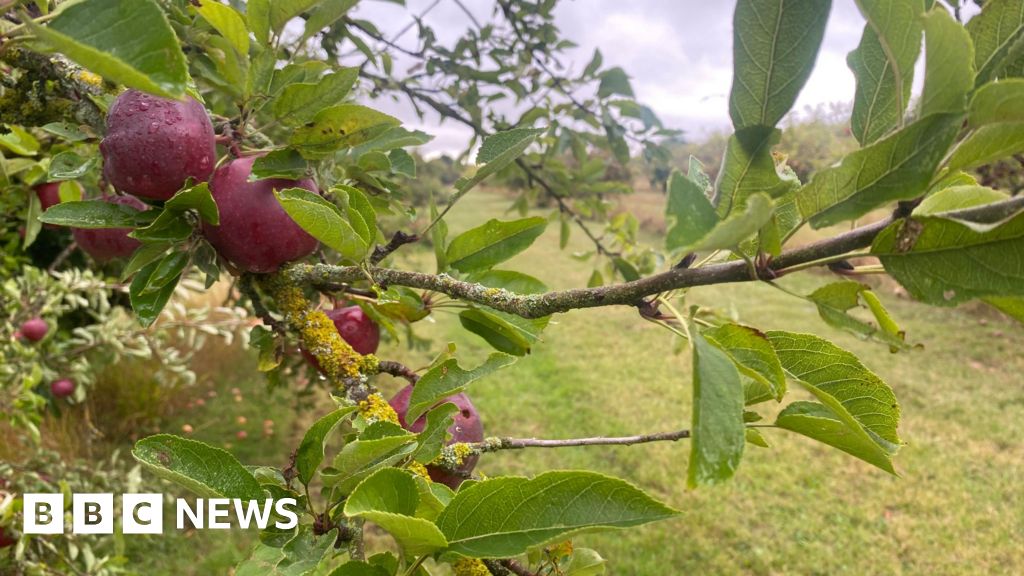The owner of a historical orchard said its apple trees will not survive being dug up and moved to make way for a proposed busway.
Coton Orchard lies in the path of the proposed £200m Cambourne to Cambridge (C2C) guided busway.
Planners hoped that linking the town and city will ease congestion on local roads and 10,000 trips will be made each day on the new route.
However, Anna Gazeley, whose family owns the Coton Orchard, told an ongoing public inquiry into the proposals that 12 of the oldest Bramley apple trees on the site were “fragile”, vital to the area’s ecosystem and would not survive the move.
The C2C Busway project has been put together by the Greater Cambridge Partnership (GCP) on behalf of Cambridgeshire County Council.
If it goes ahead it will see a new busway built from Cambourne to Cambridge, via the Bourn Airfield development, Hardwick, Coton, and the West Cambridge Site.
A pathway alongside the busway is also proposed for pedestrians and cyclists. A travel hub is also planned at Scotland Farm.
The proposed route would run through Coton Orchard, which is a century-old 60-acre site.
Ms Gazeley told the inquiry on Wednesday that her father bought the orchard in 1996 after he had seen other orchards he knew from his childhood disappear.
She told inspectors about the ecological importance of the orchard, and shared fears about the impact the development would have on its “fragile” trees.
It was “one of the largest remaining traditional orchards in Cambridgeshire” and had been designated a priority habitat under the UK Biodiversity Action Plan and a county wildlife site, she said.
“This is a habitat with ecological memory – more than 100 botanical species have been recorded in its understory, such as mosses, liverworts, fungi… confirming as ecological evidence has shown that this site has matured far beyond commercial cultivation,” she added.
She said the trees were “fragile” and argued they would not survive the move.
“The applicant now accepts the veteran status of those founding Bramleys, yet still asserts that no loss or deterioration would result from the scheme,” she said.
One of the legal representatives of the Cambridgeshire County Council challenged Ms Gazeley on her evidence and questioned its credibility.
They highlighted an example in her written submission of a reference she made to an article about the impact of moving trees, which they said did not actually exist.
They said: “You referred to a reference that does not exist. It has been made up and hallucinated by AI.”
Ms Gazeley said she had used AI to help create her submission and accepted it may not be a perfect document.
However, she said there were other references made and advice taken from experts about the impact of moving the trees.
She said: “Those trees, they are hollow, they are fragile, the features that make them veteran trees is what makes them structurally very poor.
“The thought that you can sever the roots, pull them up, drag them the length of the orchard to put them in a hole and expect them to survive with no deterioration defies credibility.”
At the conclusion of the inquiry, which is taking place in Cambourne and expected to last until November, inspectors will make recommendations to the government about the scheme.
